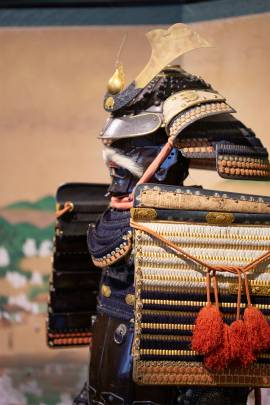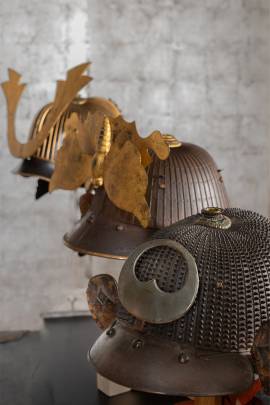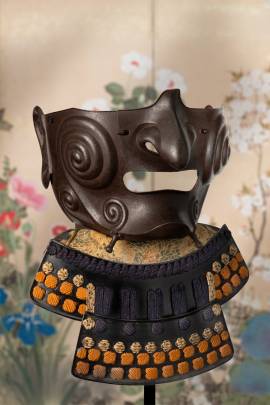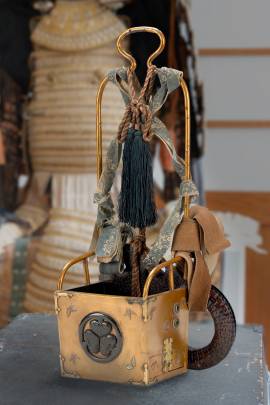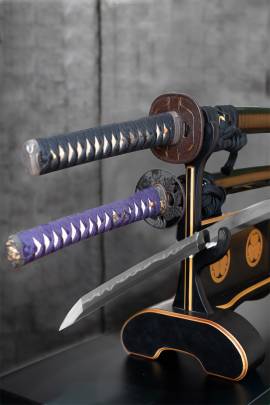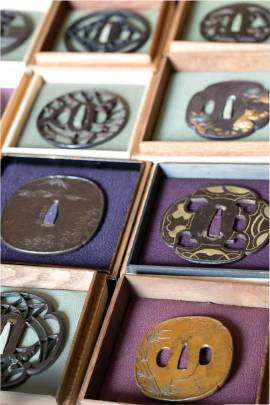Art of the Samurai
Since the Heian period, samurai were granted lands from their lords after achieving success in battles, where they staked their own lives to make names for themselves as brave and skilled warriors. For samurai, the batterfield was a place to display their courage and achievement, and take pride in wearing their own battle attire.
The arms and equipment of the samurai are widely recognized as masterpieces in steel, silk, and lacquer. We carry a wide selection of samurai armor, helmets, and accessories and only deal in first-class original items that are in excellent condition. We are one of the leading sources of antique samurai arms and armor, providing unique and rare items to serious collectors, museums, and galleries around the world. Our aim is to provide you with the finest Japanese armor and Japanese swords available. We'd like you to have the opportunity to experience a taste of the true samurai spirit and of traditional Japanese culture
SAMURAI ARMOR AVAILABLE FOR SALE - CATEGORIES:
Are you looking for Japanese armor?
Made of different materials and assembled through a series of inserts and attachments, Japanese armors are usually grouped into two main categories: those worn by Samurai and those used by ashigaru soldiers starting in the 14th century. In both cases, every detail of Japanese armor presents important references to eastern culture, not just in the exceptionally refined decorations but also in the structural components of the suits of armor, which can thus be considered true and invaluable masterpieces of the art of war.
The fundamental element of Japanese armor, besides the kabuto which was meant to reveal the intrinsic characteristics of each individual warrior, is the dō. The term itself encompasses a vast range of meanings, but can roughly be translated as “the way” or “that which leads.” Its use as a suffix in the names of martial arts such as akido, judo or kendo demonstrates its capillary semantic presence within Japanese culture.
In Japanese armor, the dō is the equivalent of the western corslet, which then evolved into the cuirass. It is therefore easy to understand why Japanese armor wasn't merely a physical protection during combat, but also a metaphorical device which indicated the “way” of the warrior, serving multiple spiritual and symbolic functions. These aspects are emphasized even further in Japanese armors from the Edo period, when the official duties of the Samurai class demanded armors of utmost beauty and sophistication. During this time of peace, in fact, Samurai took on a more ceremonial role, serving mostly as diplomats rather than as warriors.
The various plates that make up the different parts of the armor, known as ita-mono or kozane according to their function and position, can be made of iron or leather and are joined together through rivets and cords, which in turn may be decorated with the distinctive colors or patterns of an individual clan, much like in European medieval heraldry. Another precious detail of Japanese armor is the bevor (or yodare-kake), namely the section which covers the neck and above which the menpo is placed. The menpo is the Samurai's mask, meant to elicit fear or respect in the eyes of those who encounter him, and can thus be at once monstrous and reassuring.
Copyright © 2016 - giuseppe piva - VAT: 05104180962


